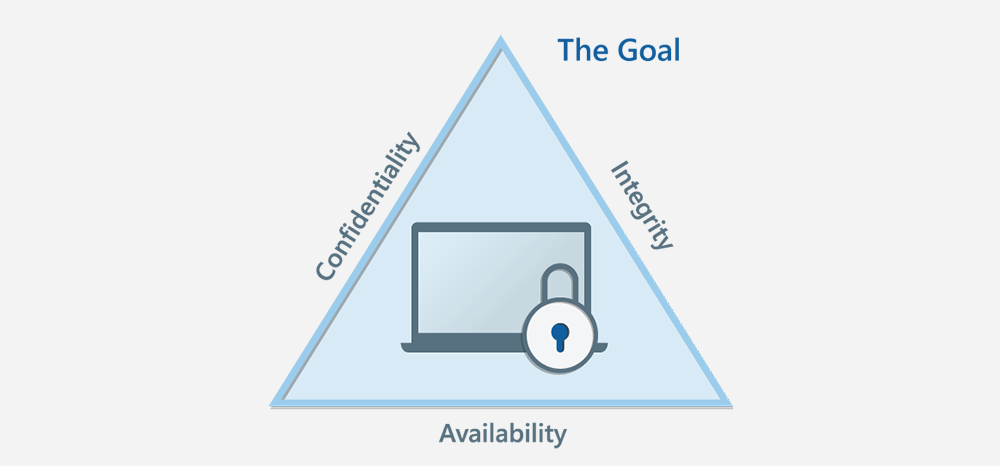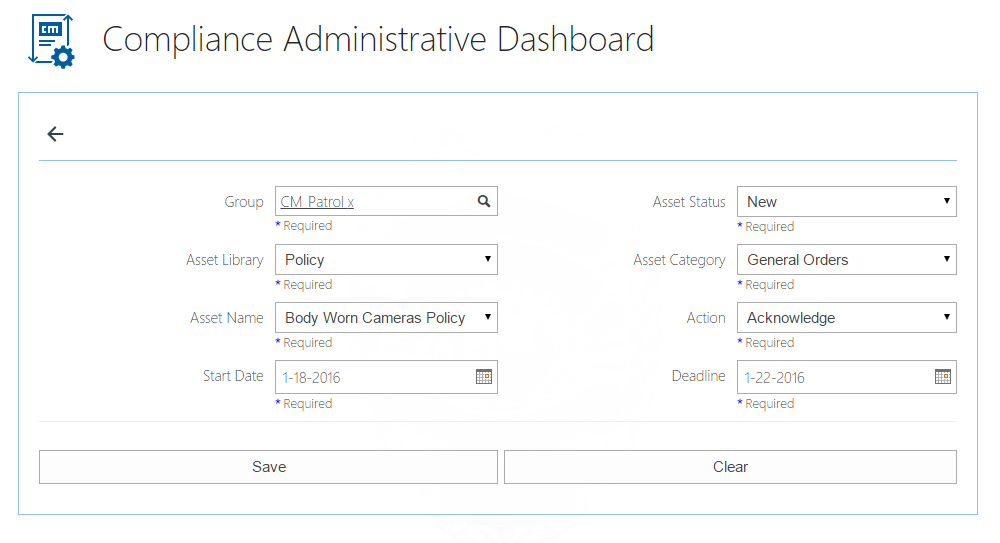 Mariano Delle Donne
Mariano Delle Donne
CEO
 Secure, mobile and real-time Shift Briefings and Roll-Call Pass-On was one of the first features we made available as part of the SmartForce Agency Management System. It was a feature requested from a Chief of Police who wanted to improve internal communication. I recently felt like honoring the concept of Roll-Call Pass-On, so I did research to find out what was behind this practice and how it could be taken to the next level.
Secure, mobile and real-time Shift Briefings and Roll-Call Pass-On was one of the first features we made available as part of the SmartForce Agency Management System. It was a feature requested from a Chief of Police who wanted to improve internal communication. I recently felt like honoring the concept of Roll-Call Pass-On, so I did research to find out what was behind this practice and how it could be taken to the next level.
One of the first articles I read was written in the 1950’s, by Richard Simon, a Deputy Chief from the Los Angeles Police Department. It really jumped out at me, for it was extensive, thoughtful, and its information very well presented. An excerpt is below, but you can read the full article here:
“Every police administrator recognizes, and at least pays lip service to, the necessity for adherence to the principles of sound organization. One of these principles is that there must be a clear-cut statement of authority and responsibility in order that each person thoroughly understands his duties. Those who are responsible for the operation of a police department cannot expect a policeman to perform with dispatch and maximum efficiency unless he has been told first of what his job consists.”
I also enjoyed the information shared via a 2014 Facebook poll from PoliceOne which offered 8 conceivable and inspiring ways to improve Roll-Call Pass-On (you can review this poll here). It was much lighter in nature, compared to the article above, but still contained valuable material.
Combining these articles with the other research I’ve conducted, my various conversations with agency members, and my business knowledge, I’ve concluded that the following six practices will definitely improve Roll-Call Pass-On:
One – Make it MOBILE
Today, there is no reason not to have information available 24×7 and on the go. Collating, printing, and passing paper around during roll-call is inefficient, as now day’s information can be electronically pulled up in a CJIS compliant platform with any mobile device. This makes the dissemination of awareness, information, intelligence, tactics, and officer safety information, easier and faster to access at any time. You can still have a physical meeting and use a projector or flat screen TV to review information, but during a 24-hour day there is a running log of important pass-on information that can and should be accessed while on the go, via a mobile device.
Two – Make it ACTIONABLE
Leverage the power of information and data for decision making, rather than just status updates. While status reporting is important, decision making is more valuable in a Law Enforcement setting. Ensure you are quickly moving past the status update components and focus on action oriented and outcome focused decision making. With a system like SmartForce™, information can be accessed or read ahead of time, so meetings can quickly turn to decisions, tactics, and actions.
Three – Make it ACCOUNTABLE
During Roll-Call Pass-On, assign follow-up activities. Be clear on who will do what, by when, and if needed, how it will be done. With a documented way of assigning follow up, you are driving accountability to a person or a squad. With ownership there is responsibility and improved results.
Four – Make it INTERESTING
Share information in an interesting and unique way to ensure officers retain what information they need to be successful. It is one thing to share information, it’s another to ensure people learn from and retain it. Try giving creative titles to your shared material or inserting photos and videos that pertain to what people need to learn, so the information becomes more interesting and engaging.
Five – Make it CONCISE
Being respectful of everyone’s time is important, so share information directed to the whole group. If there is an issue that only applies to a few officers, seek them out individually and discuss the matter later on.
Six – Remember to PRAISE the behavior you want to reinforce
Call out officers who have gone above and beyond, solved a particular case with techniques you want to highlight, or followed a new policy in a situation and achieved excellent results. When doing so, don’t just say “great job”, be specific by communicating to the group exactly what the officer did that caused you to categorize their behavior or results as great. By being specific, your officers know you honestly appreciate what they do and it raises the bar for the others to strive to be their best, too.
To learn more about how SmartForce™ can help you with Roll-Call Pass-On, Shift Briefings, and intelligence sharing, check out our video demonstration on our website, at www.adventos.com or give us a call, at 303-800-5044.






 Every time you write a blog, you are distilling your vision for the Police department and for the community you serve. Those who want to learn more from their Chief of Police, have a place to do so proactively and people eager to understand the department can reference the blog and learn on their own.
Every time you write a blog, you are distilling your vision for the Police department and for the community you serve. Those who want to learn more from their Chief of Police, have a place to do so proactively and people eager to understand the department can reference the blog and learn on their own.










